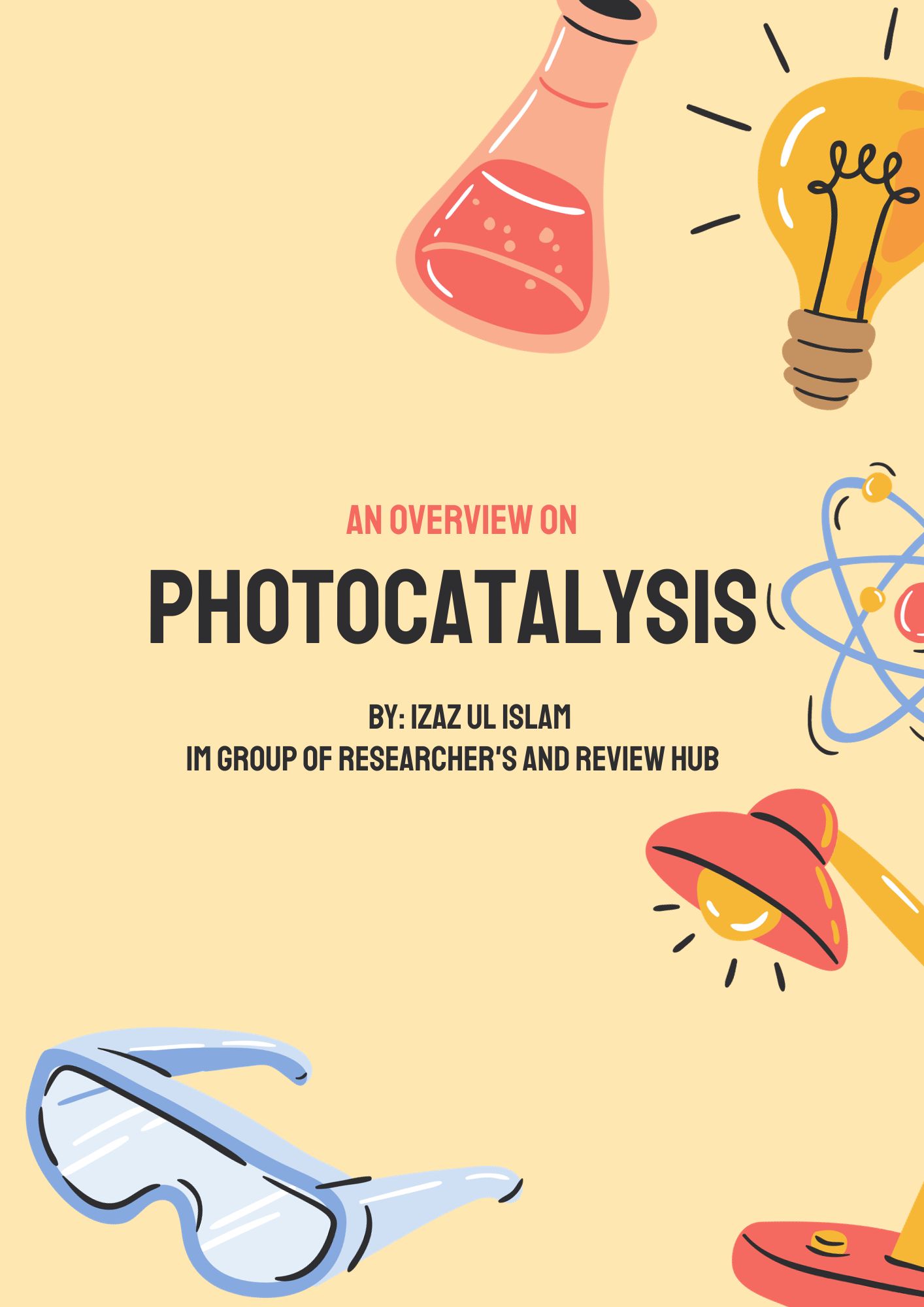An Overview on Photocatalysis
An Overview on Photocatalysis. Photocatalysis is a chemical process that involves the use of a photocatalyst, typically a semiconductor material, to accelerate a chemical reaction when exposed to light, often in the form of ultraviolet or visible light.
Author
Izaz Ul Islam

Key Aspects of Photocatalysis
.Let’s break down the key aspects of photocatalysis.
Photocatalyst: A photocatalyst is a substance that initiates and promotes a chemical reaction when exposed to light. Most commonly, semiconductors like titanium dioxide (TiO2) and zinc oxide (ZnO) are used as photocatalysts. They have a unique property that allows them to generate electron-hole pairs when illuminated.
Light Source: Photocatalysis relies on an external light source, typically ultraviolet (UV) or visible light, to excite the electrons in the photocatalyst. The choice of light source depends on the specific application and the energy required for the reaction.
Generation of Electron-Hole Pairs: When the photocatalyst absorbs photons from the light source, electrons are elevated to higher energy levels, leaving behind positively charged “holes” in the material. These electron-hole pairs are critical to the photocatalytic process.
Redox Reactions: Photocatalysis is primarily used for redox (reduction-oxidation) reactions. The excited electrons and holes participate in these reactions. Electrons reduce certain reactants, while holes oxidize others. For example, organic pollutants can be oxidized into harmless byproducts.
Applications
Photocatalysis has a wide range of applications, including air and water purification, self-cleaning surfaces, hydrogen production from water, and organic synthesis. It’s used to degrade or transform pollutants, and it has potential in renewable energy technologies.
Environmental Benefits
One of the key advantages of photocatalysis is its potential for environmentally friendly processes. It can break down pollutants and contaminants without the need for additional chemicals, and it’s considered a “green” technology.
Challenges
While photocatalysis offers many benefits, it also faces challenges, such as the need for efficient photocatalysts, cost-effectiveness, and the selectivity of reactions. Researchers are working on improving the efficiency and selectivity of photocatalytic reactions.
In summary, photocatalysis is a chemical process that harnesses the power of light to initiate and accelerate chemical reactions, often with a focus on environmental and sustainable applications. It relies on the properties of semiconductors to generate electron-hole pairs and drive redox reactions when exposed to light.
Also Read: Chemistry Jokes: A Molecular Approach to Humor
Follow Us on

